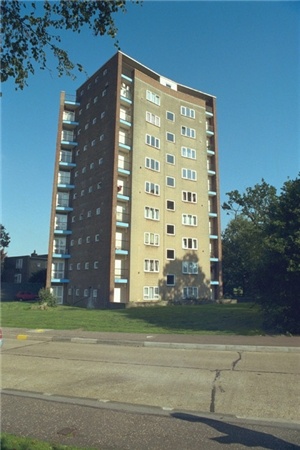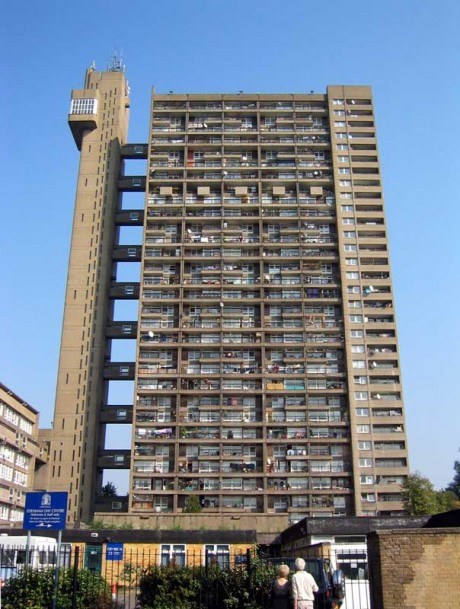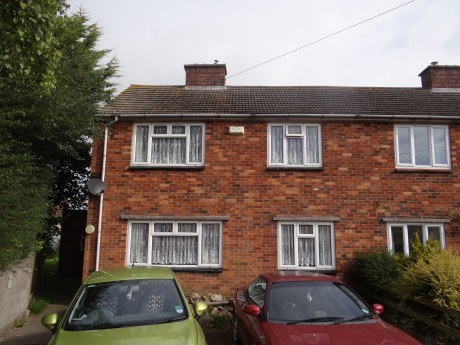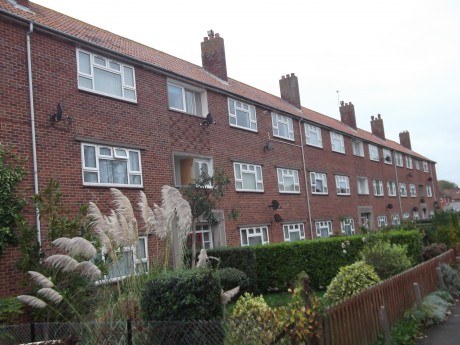Twistfix Latest News Featuring Newman’s
As a registered contractor working closely with Twistfix we are pleased to feature in their latest news article…
enquiries@newmans.com
Newman Building Solutions – Case Studies relating to social housing.
As a registered contractor working closely with Twistfix we are pleased to feature in their latest news article…
Tower block construction began in the 1950’s with the first tower block in Britain being built, The Lawn in Harlow, Essex. The need for housing influenced the decision for tower block construction and it boomed.

Tower blocks are constructed usually using three methods; in-situ, Steel frame with infill panel and pre-fabricated panels. In theory all three methods of construction should have provided structures free from structural defect and with stand the test of time. In reality many high rise structures are in urgent need of refurbishment to ensure they do not enter a state of disrepair with the only solution being demolition.
With all three methods of construction there are common structural defects found that are often similar across the country. Cracking is usually evident within the external and internal fabric of the structure and the defects are often linked to one or more of these causes of movement, thermal movement, lack of movement joints and failed wall ties or inadequate wall ties. Poor construction methods during the build phase. Concrete failure as well is a common structural defect found which can be caused by many factors such as oxidisation of the reinforcing steel, the reinforcing steel being too close to the surface of the concrete which again causes oxidisation freeze thaw action and chemical reaction to name but a few.

Newman’s are approved designers and installers of the Twistfix and Thor Helical repair systems combined with our experience we provide our own specifications for wall tie replacement schemes as well as crack stitching and masonry beams. We are also approved installers for Fosroc and Sika concrete repair mortars and resins, mastic and coatings.
When assessing the requirements for repair to tower blocks you should only use an experienced contractor and Newman’s surveyors and engineers have extensive experience carrying out structural surveys and designing structural repair programmes to reinstate the structural integrity to tower blocks. We have worked closely with many principal contractors and façade installation specialists to provide insurance backed repair schemes prolonging the life of the tower block.
We can also provide rope access surveys and installation on schemes that it isn’t feasible to supply and erect traditional access methods such as tube and clip scaffolding or cradle access.
A Local Authority Owned House, otherwise known as a council house is a form of social housing provided by the state originally intended for working class people at an affordable rental rate to solve Britain’s housing problem.
One of the first ‘council estates’ built was the Boundary Estate in the East End of London. It was opened in the early 1900’s and is now a Grade Two Listed structure. In 1919 David Lloyd George launched a campaign to build ‘homes for heroes’, this was to be housing suitable for returning soldiers and funding was secured from the government. The Second World War intervened with the house building programme and it wasn’t until after the second war had finished the council house hey-day began.

Its estimated that around 4 million British homes were destroyed leaving many people homeless, the government provided large amounts of funding to provide new homes and suburban estates and introduced the New Towns Act 1946 which would shape the social housing we see today.
There was a small number of high rise developments introduced in large cities such as Kingston upon Hull, Birmingham and Coventry our focus in this blog is the social housing within London and the south East.
Typically across London’s sub-urban housing estates two and three bedroom semi -detached properties were built with a front and rear garden, hot running water and private indoor toilets and bathrooms. Inner city developments didn’t follow suit with many 3-4 storey low level flats being built albeit to similar standards of construction and private bathrooms and toilets. High rise structures were deemed more suitable for areas of inner city slum reform with prefabricated ‘system building’ being implemented for the design and construction of high rise developments.

Many High Rise tower blocks have been subject of sub-standard build and problems have arose with these structures such as the ingress of damp, structural defects and huge concern over their ability to with stand unexpected forces such as a gas explosion which is what happened at Ronan Point in East London in 1968.
Council housing declined rapidly during the ‘Thatcher era’ with the ‘right to buy’ scheme being introduced, laws were put in place preventing the proceeds of property sales and local taxes being invested into the councils housing stock causing the properties to have a rapid decline in structural integrity.
Council estates within London and The south East are still standing and with investment from the decent homes project providing key funding to bring the dwellings to a decent standard of living will ensure the properties suffice. Newman’s have played a key role within the decent homes standard and are proud to have brought many properties on estates up to standard.
We have worked with councils and housing associations in order to upkeep and reform their housing stock bringing back to life many void properties for use as homes once again. As well as void properties Newman’s has extensive experience and contracting skills whilst restoring tenanted properties.
Structural Repairs
Newman’s provide a wide range of structural repair services…
Concrete Repair
Newman’s also provide concrete investigation and repair services…
Brick Restoration
Newman’s also provide brick and stone restoration services…
Balcony Repair
We also carry out repair and waterproofing to balconies and walkways…